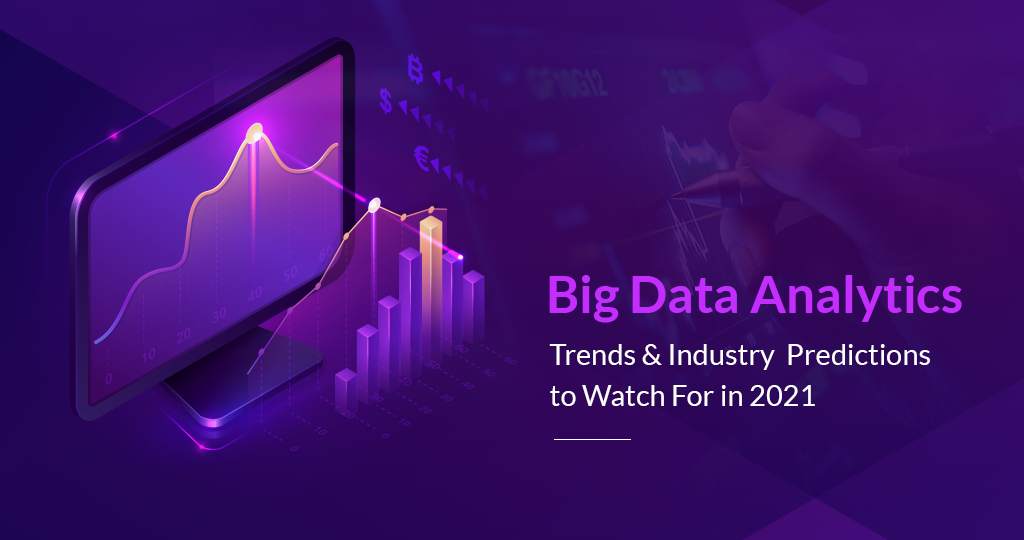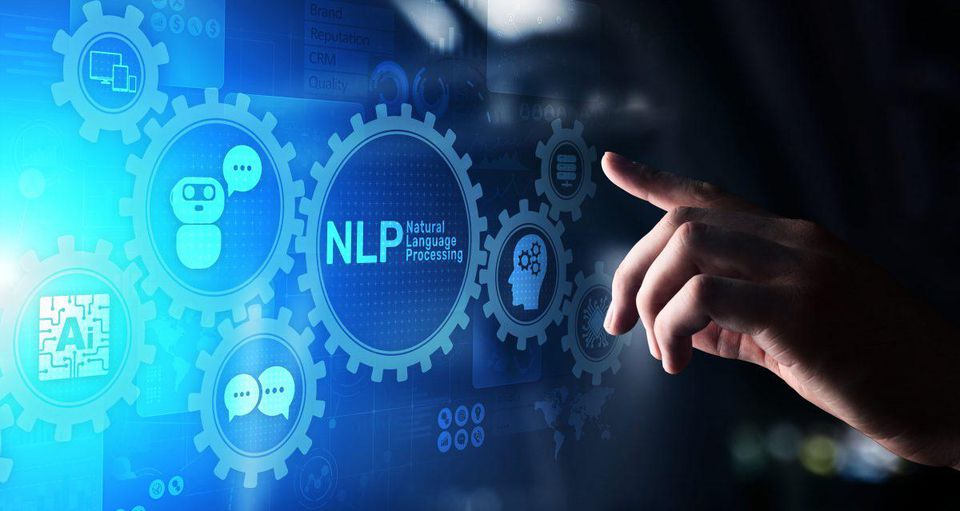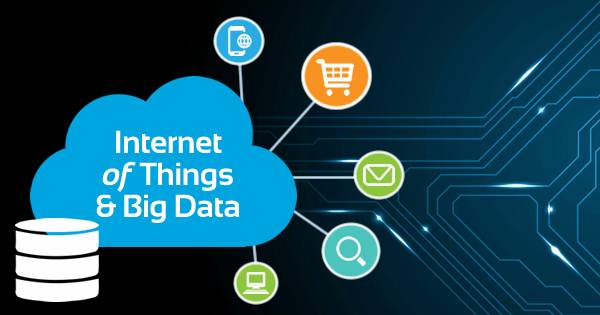-
Get Cloud GPU Server - Register Now!
Toggle navigation

Do you ever wonder how much data we create daily?
Or perhaps, you’re keen to know how and when do we create so much data?
Thanks to innovations like smartphones, tablets, laptops, strong mobile networks, speedy internet connection, etc., the creation and consumption of data is growing incredibly.
You’ll be surprised to know that we humans produce 2.5 quintillion bytes of data every day!
It means we’re creating way more data in just a single day than we did in our decades of history!
And you know the best part is, we don’t even know that most of the data creation happens when we’re only browsing the internet.
That said, Big Data analytics is of paramount importance in predicting, preparing, and responding in a proactive and agile manner, especially in events of a global crisis and its aftermath. Conversely, Big Data analytics allows organizations to explore new avenues, derive insightful information about their consumers, find new opportunities, and run operations efficiently.
Big Data refers to a stack of structured and unstructured data, which, after analysis, help organizations make smarter business decisions in terms of productivity and customer satisfaction faster.
Big data mainly talks about three main aspects: its velocity, variety, and volume.
As data collection grows, organizations and their software solutions need powerful and modern data processing units, later moving to cloud systems to allow unlimited data storage while smoothly managing these vast datasets.
When coupled with technologies like Machine Learning and Artificial Intelligence, it prompts accelerated innovation and strengthened big data analytics services.
2020 was a noteworthy year for the Big Data community. Organizations understood the potential of big data analytics and how data construction and examination can help save money, increase revenue, optimize efficiencies, and facilitate connection with consumers. Enterprises addressed the role played by Big data analytics in forging meaningful collaborations and delivering actionable insights.
At the end of every year, we interrogated an inevitable question: which trends in data analytics will emerge mightier and more powerful than the others the next year?
2020 witnessed technologies charting longer strides, undergoing rapid advances, and data analytics becoming more mainstream. Without a second doubt, data analytics gained better momentum and modernity in 2020 due to the global shutdown pressure than in 2019.
Bearing in mind the unprecedented market shifts, organizations need to embrace the significance and need for data operations and orchestrating it for business success. As the amount of data generated increases, so does the need to analyze it speedy and efficiently. And that requires big data analytics companies to keep a note of the top Big Data analytics trends and tools in the market.
Whenever we talk about big data analytics services, cloud computing always takes the hot seat.
Brands today are more concerned with rendering a satisfactory customer experience more than anything else. The modern market runs on customer reviews and testimonials, and organizations are aware of it.
As brands exceedingly interact with customers via digital services, it becomes necessary for companies to deliver new products and services on a similar platform. i.e., via the cloud.
Migrating data warehouses to the cloud is a given. And, its accessibility feature crowns it as a self-service big data app. However, big data analytics companies must prioritize workloads for better cost optimization and change acceleration when moving to the cloud. Data analytics leaders need to think in-depth about meeting performance requirements than how much a given cloud service costs.
Either way., data migration to the cloud will improve updates and deliveries related to products and services., shaping a cloud-first mentality of organizations.

Natural Language Processing smooths the communication channel between humans and computers. A sub-section of Artificial Intelligence, NLP helps machines interpret text or voice input queries. It bridges the gap between humans and machines, making it a necessitated trend for 2021.
With voice searches becoming more prominent, NLP will have to read, decode, and interpret the nuances associated with our language. As translating software, NLP requires human-coded algorithms for data processing and analysis. Techniques like syntactic analysis, predictive analysis, and semantic analysis empower NLP to locate sentence grammatical issues, thereby deciphering an intent’s true meaning.
With better and more efficient data analytics tools, natural language recognition, mechanics, and interpretation will improve, especially for voice-based commands. Such transformations will assist the fast-paced organizational verticals like logistics and sales.
All in all, NLP will take care of unstructured and structured data formats, decoding the reason behind a user query.
Before augmented analytics, data analytics professionals only covered baselines of rudimentary analysis. However, integrating them with artificial intelligence and machine learning allows users to derive more relatable insights. Augmented analytics is powerful enough to collect organizational data, analyze it, and return actionable insights.
It reduces data processing time while enhancing data literacy amongst Big Data professionals. Powered with AI and ML, it doesn’t replace human creativity but augments unique analytics queries. Through augmented analytics, AI and ML-based models can easily understand the repetitive data patterns and reduce time to market for actionable insights.

Blockchain technology is well-known for its association with cryptocurrency. However, what you don’t know is that blockchain benefits and applications extend way beyond cryptocurrency.
Since both blockchain and data analytics address data management procedures, they always go hand-in-hand. When coupled with data analytics, blockchain reveals revenue-friendly insights about customer behavior, market trends, future predictions, etc. Moreover, its computational power allows even smaller organizations to practice blockchain-related predictive analysis.
That said, blockchain tackles two problems in data analytics; data validation and transparent services.
As it verifies data validity, it enhances predictive analytics, preventing false information from being added to the data clutter. Therefore, if a hacker tries to tamper with details stored in it, they will have to change all the blockchain network blocks. Such prospects bring transparency throughout its networks.

Internet of Things and digital devices will be the innovation theme for 2021. The uncontrolled growth of the IoT data will inspire some commendable innovations in the coming decade. When amalgamated with other technologies like Big Data, Cloud Computing, Artificial Intelligence, and Machine Learning, it will advance data generation, management, and analysis operations.
As per reviewers, over 42% of enterprises having IoT production running or in progress intend to incorporate it into digital portables in the forthcoming years. That fused with digital twins will ignite connected devices and their digitization solutions.
What is digital twins?
It involves constructing digital replicas of physical objects, people, places, and systems, associating and powering them with real-time data collected by the sensors. Digital twins will propel system frameworks, thus reducing their complexity for IoT production. Moreover, they can run multiple simulations for data query before being administering into real-time gadgets.
IoT, along with Big Data, enhances system security, processes multiple stacks of information, and helps organizations achieve better results.
So, what is dark data?
As per Gartner, dark data refers to information collected for processing, storing, and interpreting to assist regular business operations but failed to be used by other analytical systems.
Therefore, when data collected from several sources does not end up being analyzed or predicted for actionable insights, it is referred to as dark data.
There are several reasons why organizations might not use portions of data. However, as per big data analytics companies, dark data will be a valuable asset for companies in 2021.
Since our data generation speeds and volumes know no bounds, such magnanimously unexplored data poses a considerable security risk to organizations. Therefore, several enterprises will start analyzing dark data for fruitful details to disallow data stealing, hacking, and selling on the dark web.
As enterprises modernize in developing Business Intelligence products., there will be a growing emphasis to harness the true potential of dark data, even if it is related to compliance records. This way, dark data will likely make its way to data warehouses.

Edge computing involves moving some processes to a local system, IoT device, or a server. It reduces latency and distance between a customer and server, thereby improving a network’s edge or a connection. Over time, it decreases the processing costs for real-time data, boosts data streaming, increases security, allows software processes to run in remote locations, and reduces the need to send data over networks or processors.
Edge computing allows an organization to process large amounts of data while consuming less bandwidth. All in all, it makes data warehouses flexible enough to integrate several data types, improving data management and analytics.
Customers, unknowingly, generate a copious amount of data when surfing the internet. Using that data for organizational benefit is one way to outpace the competition and offer a satisfactory customer experience.
Companies need to be agile about what customers want and what they are looking for. And machine learning smoothens such operations.
With machine learning, you can process and analyze customer-related data to know more about them. Artificial Intelligence and Machine Learning together allow testing large data subsets faster than the available traditional methods.
With advancements in machine learning, professionals can use this ready-made model for commercial applications. These models improve production and processing speed, thereby driving business value.

DataOps is an automated process-oriented methodology used to reduce and improve data cycle time.
A new theory in the data analytics field, DataOps, will continue to grow as the data pipeline becomes more complex and require better integration and governance tools.
DataOps employs Agile and DevOps methods to automate testing and deliver better data quality, analytics, and insights.
Furthermore, DataOps systems promote association, allow continuous improvement, monitor data pipelines, and maintain consistent data quality through statistical process control. DataOps simplifies data collection, allowing organizations to handle 1000 data sources at the same time.
That said, DataOps make all the difference for enterprises from delivering value and drowning in the market.
Big data analytics services are only as good as your knowledge and understanding of data analytics development trends. Keeping in sync with all modern happenings related to data analytics is one-way organizations can make the most of traditional data warehouses and derive profitable and useful insights.
As more and more edge devices and data sources come into the light, it is imperative to stay prepared with a flexible data platform that automates and integrates data efficiently. With assistance from the best big data analytics companies, organizations can drive revenues, enjoy customer loyalty, process more data, and drive ROI-boosting solutions.
Hence, with the right trends in practice, you will stay ahead of your competitors.